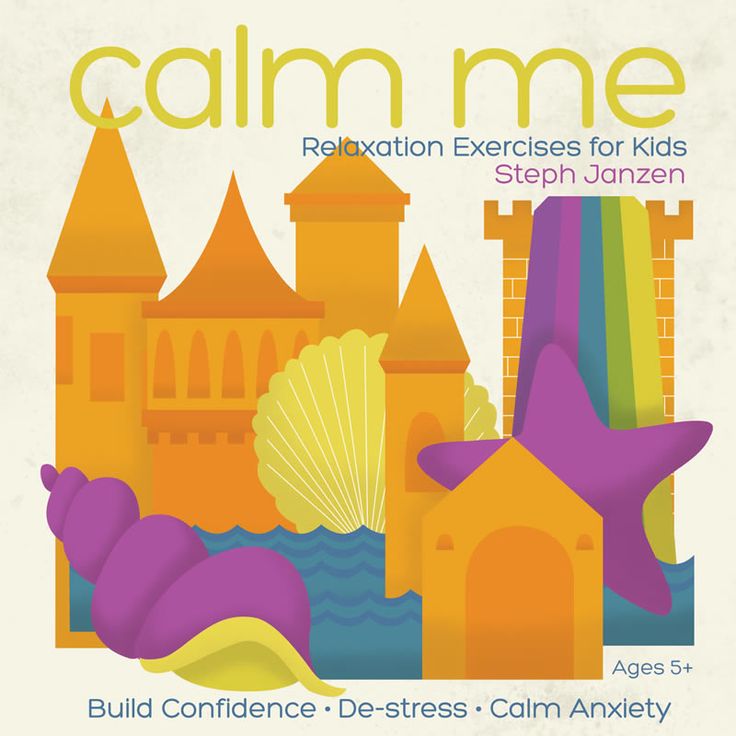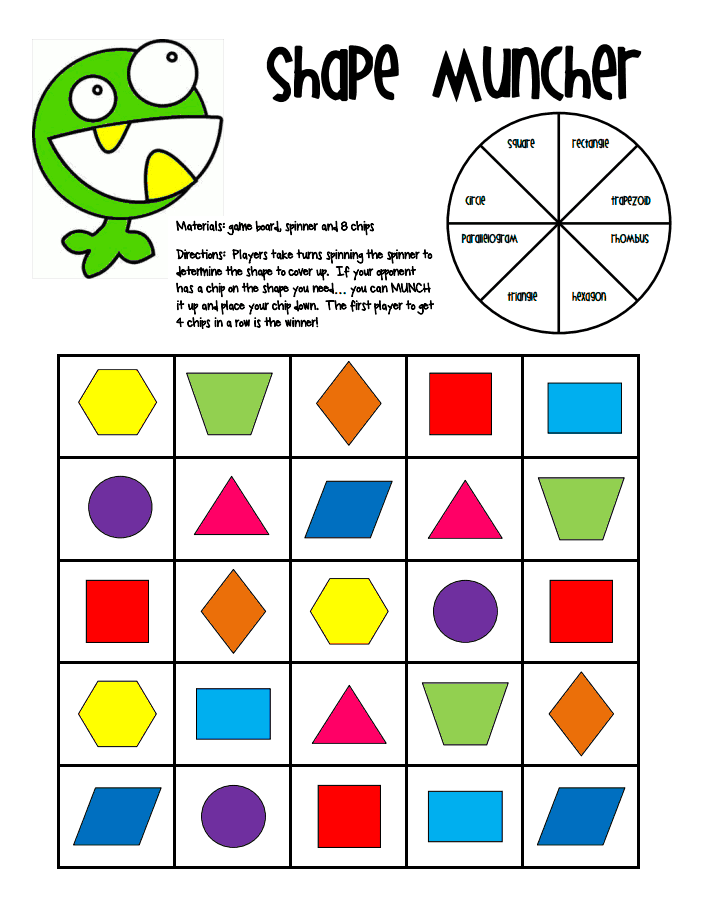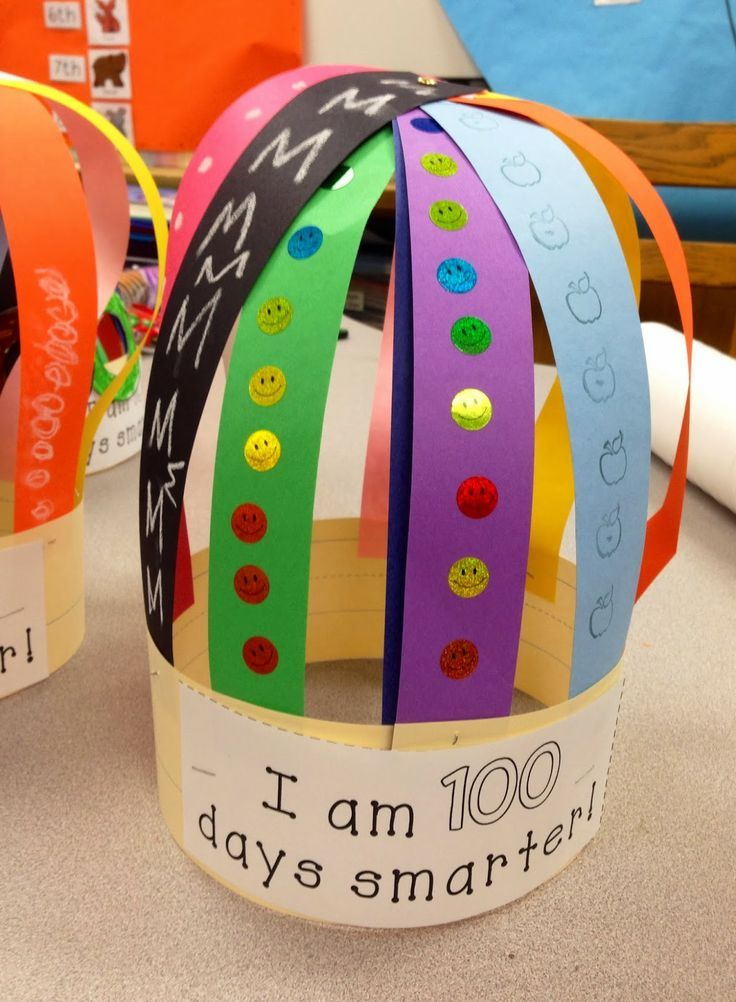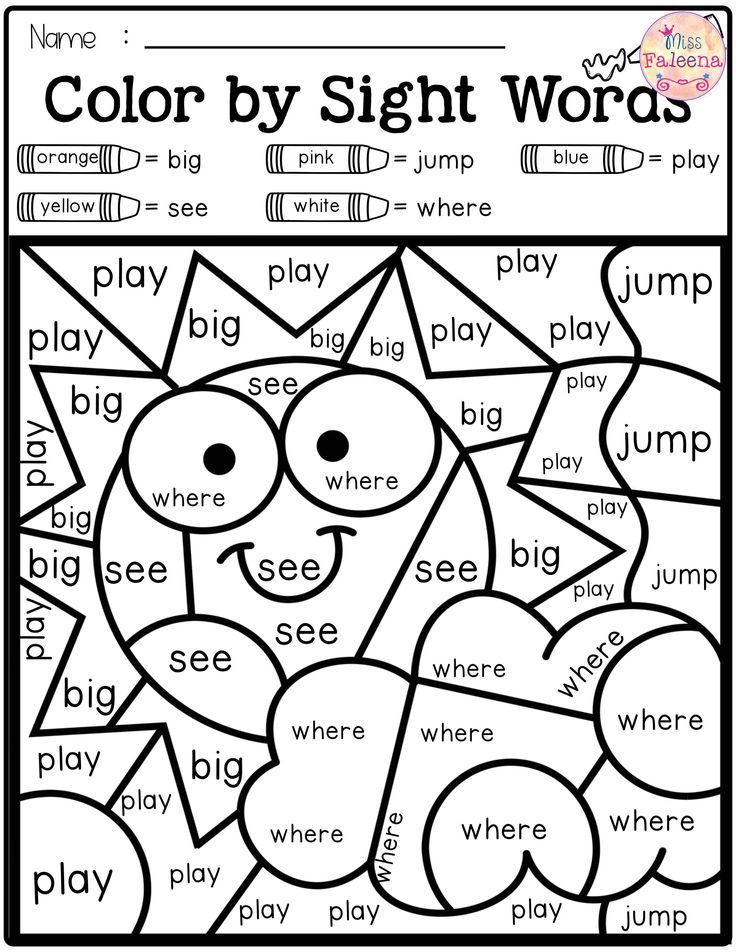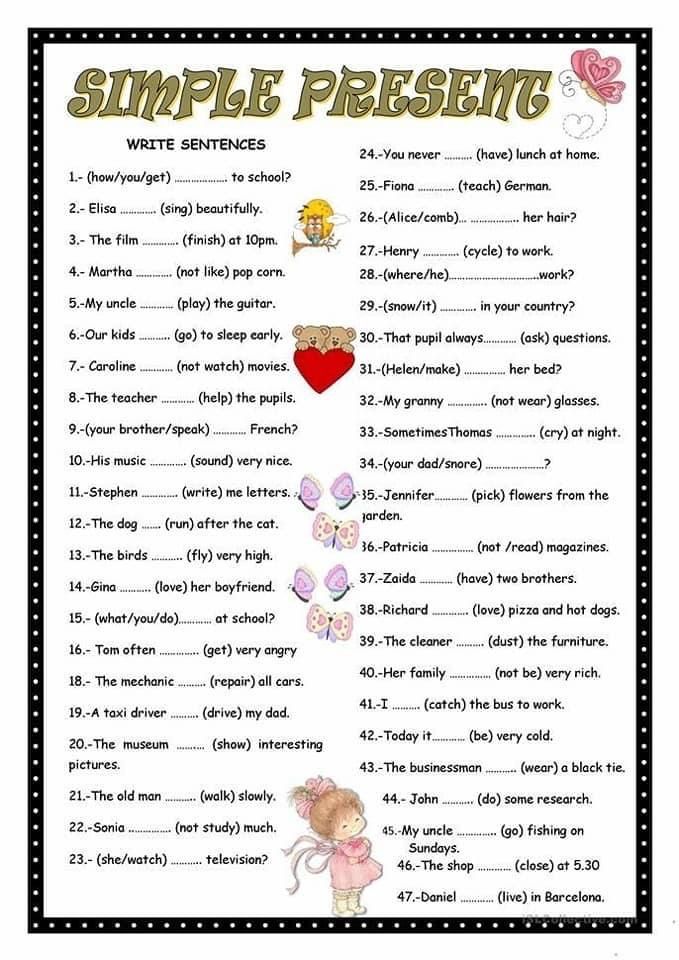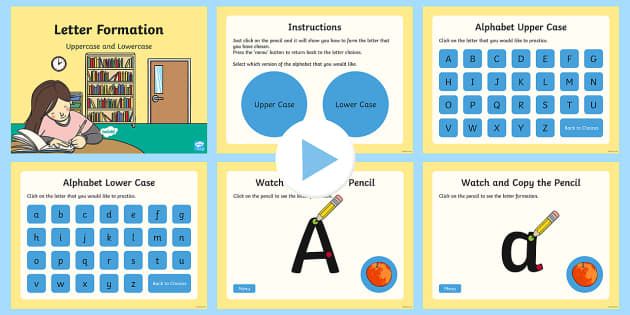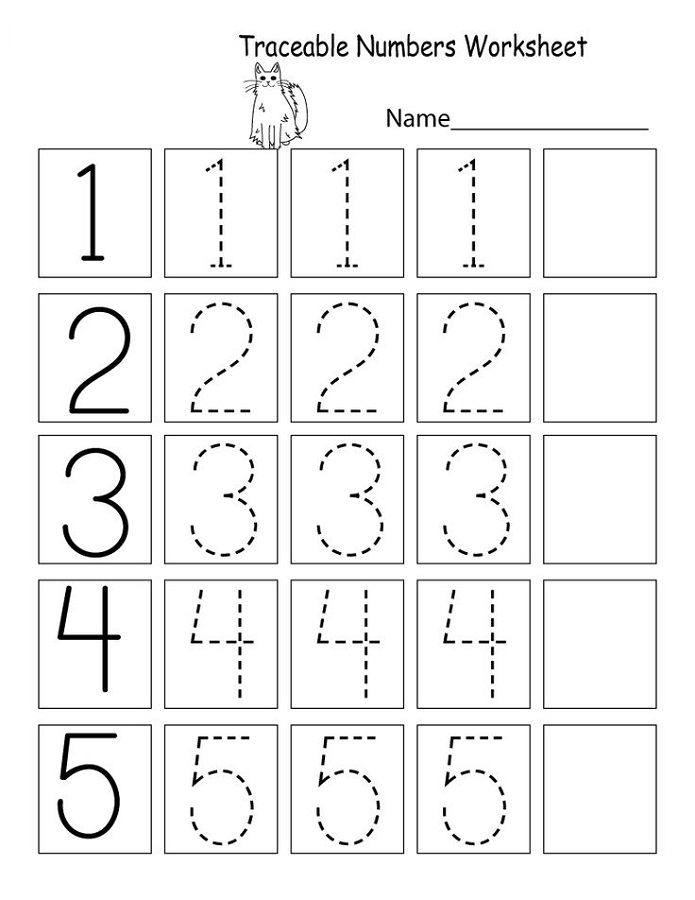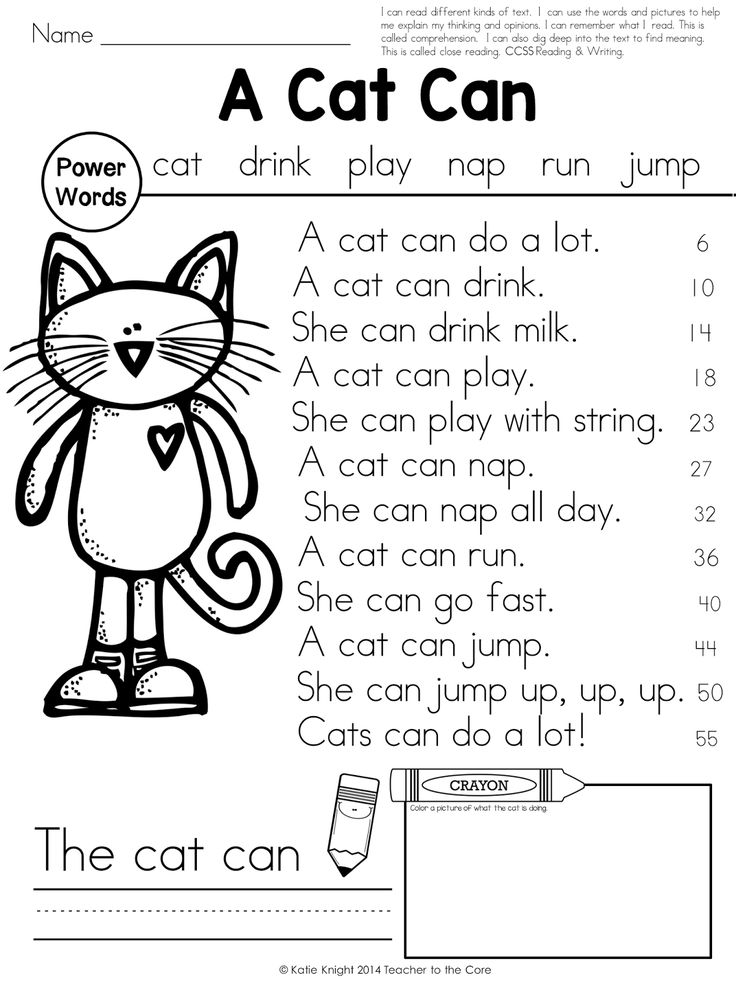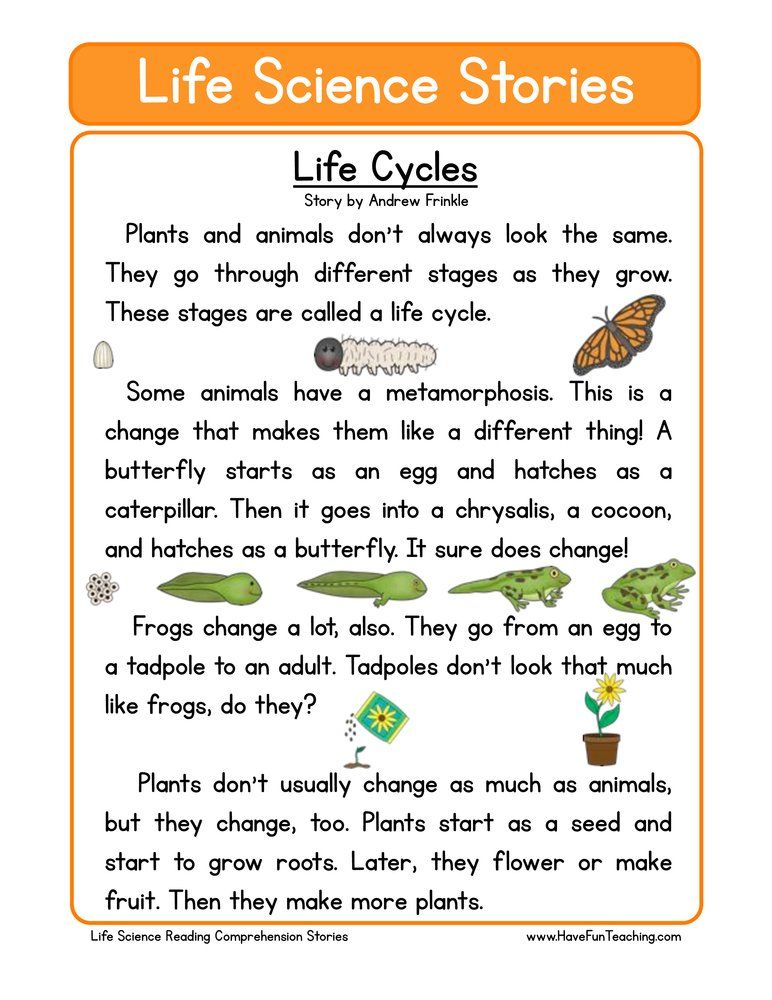Guided relaxation for kids
Free Guided Relaxation + Guided Imagery Scripts for Kids
For the past 12 years, we’ve shared guided imagery scripts and guided relaxation practices in our digital magazine. They quickly became the most popular column with parents saying how easily their child falls asleep when they use them.
Read on to get access to nearly 50 free guided imagery scripts. These scripts are designed with kids in mind, but they can be extremely relaxing for grown ups, too.
Table of contents
- What is Guided Imagery?
- Examples of Guided Imagery Scripts
- What is Guided Relaxation?
- Guided Imagery for Anxiety + Other Childhood Worries
- How to Use Guided Relaxation
- Get the Downloadable PDFs of these free Printable Guided Imagery Scripts
- Guided Imagery Script Reviews
Guided imagery is a technique that uses mental images to bring about feelings of calm and peace. In short, you visualize yourself in a calm setting. Or you follow the guide’s prompts to breathe deeply or relax different parts of the body.
It’s also a form of mindfulness meditation. Meditation has many benefits for kids. And these scripts make wonderful tools to help them develop a lifelong appreciation for the power of mindfulness.
Guided imagery in therapy can improve both emotional and physical health. That’s why we love empowering children and teens with these meditations. They can relieve stress and anxiety, improve self-esteem, and help kids feel great (mind, body, and spirit). Many parents also find their child displays a more positive mental attitude at school and at home.
Examples of Guided Imagery ScriptsBrowse the topics below to see which visual imagery script will most benefit your child. The titles in this section lead to posts on our website where you can read them aloud to your child from your tablet or phone.
Or if you prefer to download and print them, you’ll find PDF versions of these scripts when you subscribe below.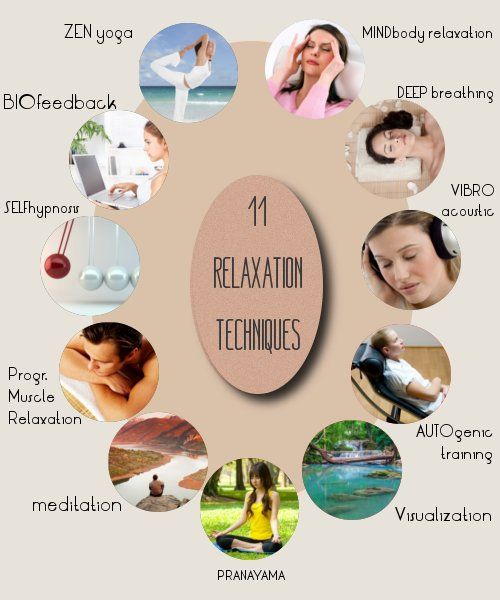
These links lead you to some of our popular guided relaxation scripts. When you subscribe below, you’ll get access to a free library of guided imagery scripts PDF versions of these plus dozens more.
Peaceful Butterfly
Inner Rainbow Chakra Meditation
Bubble Blower Magic
Cool at School
Enchanted Fall Forest
Remember Easily
The Thankful Turtle
Pausing to Understand Anger
Loving Your Body
The Sleepy Seahorse
Inner Listening
Beach Relaxation
Deep Breathing Meditation
You Are Loved
Morning Meditation on Kindness & Helpfulness
These meditation scripts are copyrighted by ShambalaKids and may only be used for in-person or live virtual reading. They may not be recorded for audio /video.
Tune into your parenting instincts and consider what your child might need.
What is Guided Relaxation?The following terms are often used interchangeably – guided relaxation, guided imagery, and guided meditation. While there are a few nuances among them, they all have the same goal. You can lead a session with your child via these scripts to help them
While there are a few nuances among them, they all have the same goal. You can lead a session with your child via these scripts to help them
- fall asleep
- take a break or nap during the day
- relieve a stressful situation
- reframe a negative event or memory
- access positive feelings
- build up their self confidence or self esteem
Childhood anxiety is a very common issue today. More than 1/3 of adolescents have anxiety, and children as young as 6 can experience feelings of anxiety. And about 20% of visits to a pediatrician’s office are due to behavior issues. Many of these stem from anxiety.
Guided therapeutic imagery is now recommended by experts to help with stress and anxiety. It’s very common for a therapist to encourage a patient to picture a relaxing scene or recall a calming memory.
Research shows guided relaxation and visualization to be helpful in the treatment of a number of mental health concerns, including:
- Stress (mindfulness exercises can lower blood pressure or an elevated heart rate)
- Anxiety
- Insomnia
- Depression
- Post-traumatic stress
- Grief
- Issues with self-worth
- Family issues
Do they have trouble settling down and falling asleep? We have several scripts that count down to a relaxed state or where you follow an animal as it prepares for sleep. A July 2021 study showed that elementary school-aged children who practiced mindfulness training slept an average of 74 extra minutes a night.
A July 2021 study showed that elementary school-aged children who practiced mindfulness training slept an average of 74 extra minutes a night.
Do they need help tapping into their inner wisdom? Try a script that helps them tune in and listen to their inner knowing.
Are they suffering from a cold or illness? There are even guided meditations to help boost the immune system.
You can take almost any stressful situation and turn it around (or at least make it less scary) with positive images.
Once you choose a guided relaxation script for your child, you may want to read it to yourself to find the rhythm prior to reading it aloud to your child. Once you’re ready and your child is relaxed, simply read it in a calm voice, pausing to let the words and feelings sink in.
Get the Downloadable PDFs of these free Printable Guided Imagery ScriptsSubscribe to access the library and you’ll be able to browse the 50 topics to see which scripts will most benefit your child.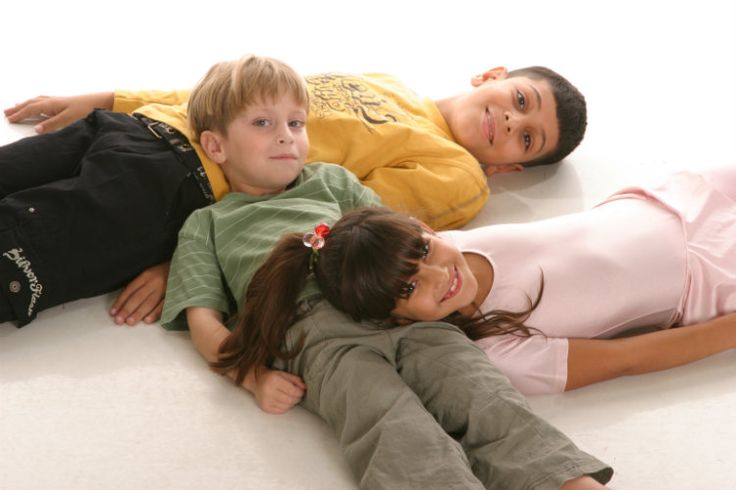 Print them if you choose or just pull up the PDF to read them (ad-free) from your phone or tablet.
Print them if you choose or just pull up the PDF to read them (ad-free) from your phone or tablet.
Here are just a few of the beautiful comments we receive from parents and caregivers:
“The Sleepy Seahorse is my little one’s favorite! Thank you for this site for helping me get my kids to go to sleep.” – Crystal
“Bedtime used to be a battle with our 5-year-old daughter. Since we tried the Lazy River meditation, she’s a completely different kid! Instead of getting hyper or negotiating her nightly routine, she’s calm and seems almost happy to go to bed now.” – Marisol R.
“Thank you for making these available. I am a therapist and needed to help a child suffering, and to do so quickly. I was able to pull up Peaceful Retreat. This precious boy had been suffering with a terrible weight, unable to focus on school, unable to sleep, he stated he was starting to “feel crazy.” His distress was big and it was painful. We used the meditation, and when he opened his eyes, he stretched, looked around, then looked me in the eye and said, “I feel so much better.” His shoulders loosened and his facial muscles relaxed. I was at a loss not having anything with me. To be able to pull that up free of charge, right from the web…it saved him and his family from hospitalization.” – Katherine W., Therapist & Social Worker
We used the meditation, and when he opened his eyes, he stretched, looked around, then looked me in the eye and said, “I feel so much better.” His shoulders loosened and his facial muscles relaxed. I was at a loss not having anything with me. To be able to pull that up free of charge, right from the web…it saved him and his family from hospitalization.” – Katherine W., Therapist & Social Worker
“My son thinks the Cozy Castle is literally a bedtime story. It’s so cute, and no matter which one we choose, he settles right down. It’s amazing how fast he can go from crazy to calm with these.” – Deidra P.
Benefits + Free Relaxation Scripts
Guided meditation has so many benefits for kids. Using a meditation script is a relaxing and spacious way to encourage mindfulness with your child. From full body relaxation exercises to fun adventures like a magic carpet ride, your child will reap countless benefits from this special bonding time with you.
Meditation is one of the best mindfulness tools you can equip your child with. It helps kids on a big-picture level when it comes to managing stress and anxiety. And overall mindfulness can head off stress before it turns into a cortisol event (or an all-out tantrum for little ones).
It helps kids on a big-picture level when it comes to managing stress and anxiety. And overall mindfulness can head off stress before it turns into a cortisol event (or an all-out tantrum for little ones).
Here we’ll cover the benefits of meditation, why guided meditation is a great starting point for kids, how to get started, and you can get 50+ free guided relaxation scripts to practice with your child.
Table of contents
- What is Guided Meditation?
- The Benefits of Guided Meditation for Kids
- Guided Meditation for Kids
- Links to Sample Meditation Scripts
- How to Use a Guided Meditation Script with Your Child
- Get Started with Your Child
In guided meditation, rather than practicing in silence, one is led by another person’s voice. For instance, a parent can read a guided meditation script to their child before bedtime. Being guided can help the meditator focus, prevent their mind from wandering and offer them an entirely new experience.
Nearly every religion (Christianity, Buddhism, Hinduism, Judaism, Islam, etc.) has a tradition of using meditative practices. Meditation has been used for thousands of years to help relieve stress, anxiety, and the feeling of being out of control or overwhelmed. It also helps improve self-awareness, empathy, and mindfulness.
You don’t need lots of experience—just focusing on your own out-breath from start to finish is a beginning. Feel the sound, the sensation. Trust your intuition for knowing what’s best for your child, and when you practice mediation together, that connection will grow stronger.
Lorraine Murray, author of Calm Kids: Help Children Relax With Mindful Activities
During a meditation session, you may focus on breathing, noticing sensations in your body, relaxing, visualizing, and engaging your senses. This mind-body practice provides benefits that last far beyond the meditation session.
The Benefits of Guided Meditation for KidsThe benefits of meditation are numerous – both at home and in the classroom. And good habits early on can lead to a lifetime of well-being. Meditation can
And good habits early on can lead to a lifetime of well-being. Meditation can
- improve a child’s positive thinking, happiness, and empathy
- help reduce pain and headaches
- improve self esteem
- help children fall asleep faster, and improve sleep quality
- lower cortisol levels, resulting in decreased stress in the body
- help kids focus and concentrate – In a 2019 study, high school students who practiced meditation displayed better attention spans than students who didn’t.
- encourage the use of imagination during guided meditation and help them access their natural creativity both during and after the session
- connect kids with their own emotions as well as the emotions of others, leading to more compassion and a keen sense of emotional intelligence (source)
- improve active listening skills
Some studies have found that kids who are taught to improve their learning or thinking process early on are lifelong better learners and become more resilient.
A 2014 JAMA Internal Medicine study reviewed mindfulness studies in relation to psychological stress and well-being. The analysis included 3,500 participants and compared mindfulness-based stress reduction, transcendental mediation, or mantra-based techniques, and tracked participants on a variety of outcomes — like anxiety, depression, and stress scores.
They found these practices moved the needle on anxiety and depressive symptoms to a degree “comparable with what would be expected from the use of an antidepressant in a primary care population.”
While sitting still in lotus pose for more than a few minutes might be challenging for an antsy child, they tend to love guided imagery and stories. They can take center stage in a self-esteem building adventure or relax into a deep breathing exercise.
Guided Meditation for KidsBedtime used to be a battle with our 5-year-old daughter. Since we tried the Lazy River meditation, she’s a completely different kid! Instead of getting hyper or negotiating her nightly routine, she’s calm and seems almost happy to go to bed now.
Marisol R., parent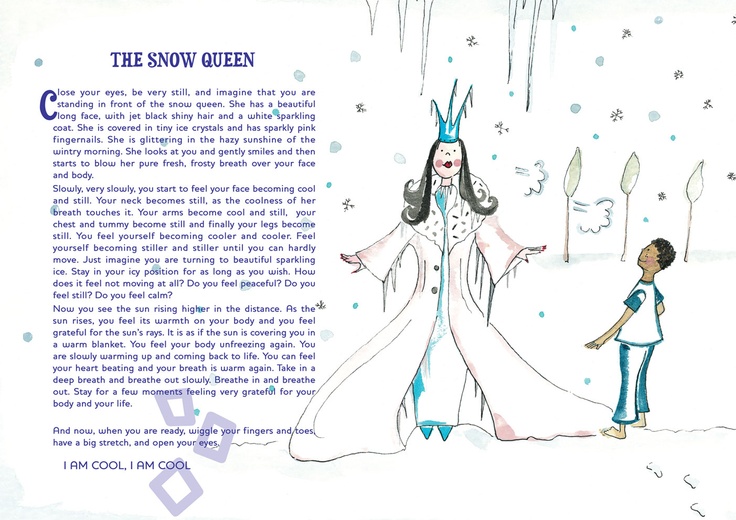
A July 2021 study found that elementary school kids who practiced mindfulness training slept an average of 74 extra minutes a night.
Our guided meditation scripts for kids have been a much loved part of Green Child for 11 years now. These scripts help kids and teens to improve self-esteem, relieve stress and anxiety, find peace in the present moment, manage anger, and develop an overall positive mental attitude at school and at home.
You can find our ever-growing library of guided meditation and guided imagery scripts for kids all in one place. These calming meditations are written exclusively for Green Child readers by Mellisa Dormoy of Shambala Kids. (They are not available for recording or republishing.)
When you subscribe below, you’ll get full access to the library where you can browse the topics to see which guided meditations will most benefit your child.
Choose a guided imagery script and read it to yourself to find the rhythm before you read it to your child.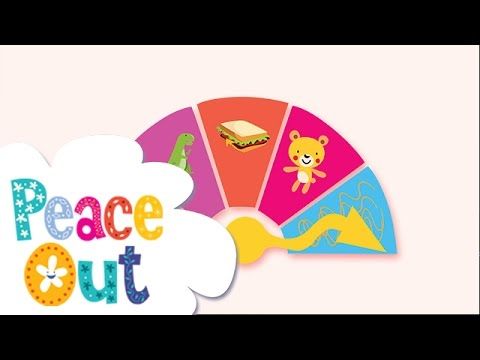 Once you’re ready and your child is relaxed, simply read in a calm voice, pausing to let the words and feelings sink in.
Once you’re ready and your child is relaxed, simply read in a calm voice, pausing to let the words and feelings sink in.
Here you’ll find some examples of the different types of relaxation scripts you can choose from when you have access to the full library of 40+ scripts. (These links are to scripts that appear on our website. When you have the library (or guided meditation central, as some of our readers lovingly call it, you can print or read from your device with no ad breaks.)
Watch how your child relaxes and engages their imagination while they enjoy these calming scenes. The more often you read a relaxation script, the more easily your child will relax and concentrate.
How to Use a Guided Meditation Script with Your ChildMeditation works as a stress management tool by switching off the fight or flight response to stress and allowing the body to switch on the relaxation response. When children meditate, they become less reactive to stress.
Dr. Alina Olteanu
Many parents use these scripts at bedtime to help their child fall asleep peacefully.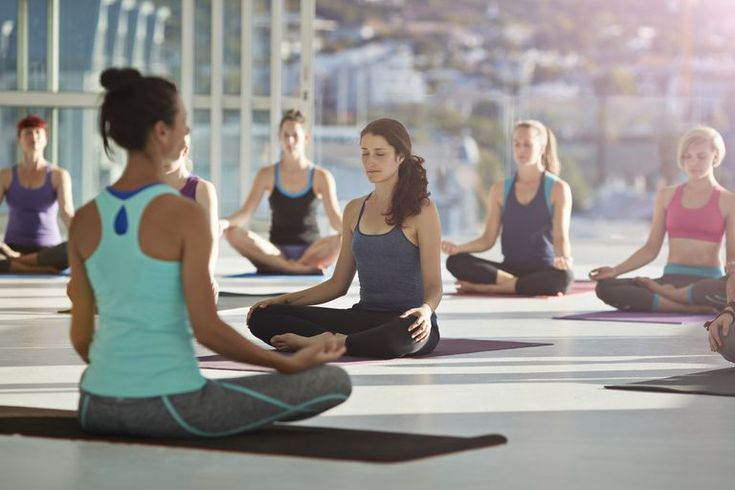 We always get a few emails saying, “My kid was asleep before we even finished the breathing part!”
We always get a few emails saying, “My kid was asleep before we even finished the breathing part!”
Other scripts are more suited to morning readings to help them start their day off calmly and confidently. As you browse through the library, you’ll get an idea of which ones are best for your child. Then…
- Choose a script. Read it to yourself first to find the rhythm.
- Make sure your child is comfortable, relaxed, and calm.
- Choose a time when you have your child’s attention and they are open to a new experience.
- Find a place free from distractions or loud noises.
- Read the script to your child in a calm, soothing voice, pausing often. Notice how your child relaxes and engages.
- If your child is still awake when you’ve finished, allow them to reflect and share their thoughts with you.
Children should not be forced to meditate, and if it seems your child isn’t in the right place to meditate at that time, you can move on to another activity and try again later, or on another day.
You may choose to begin with shorter meditation sessions and increase as their ability to focus and meditate grows.
Get Started with Your ChildKids need the adults around them to behave in ways they can model, says Murray. Kids also need to hear and feel that their adults know them well enough to adapt meditation to their needs and preferences, which can change day to day.
Lorraine Murray, author of Calm Kids: Help Children Relax With Mindful Activities
When can kids start meditating? Our own experience has shown that even toddlers can follow along a relaxing story or at least snuggle up and fall asleep to the sound of mom or dad reading a guided imagery script.
More formal studies show the magic age to be around four years old. By that time children are more aware of their own thought processes.
“It’s almost as though meditation was designed for kids,” says Headspace co-founder and former Buddhist monk Andy Puddicombe.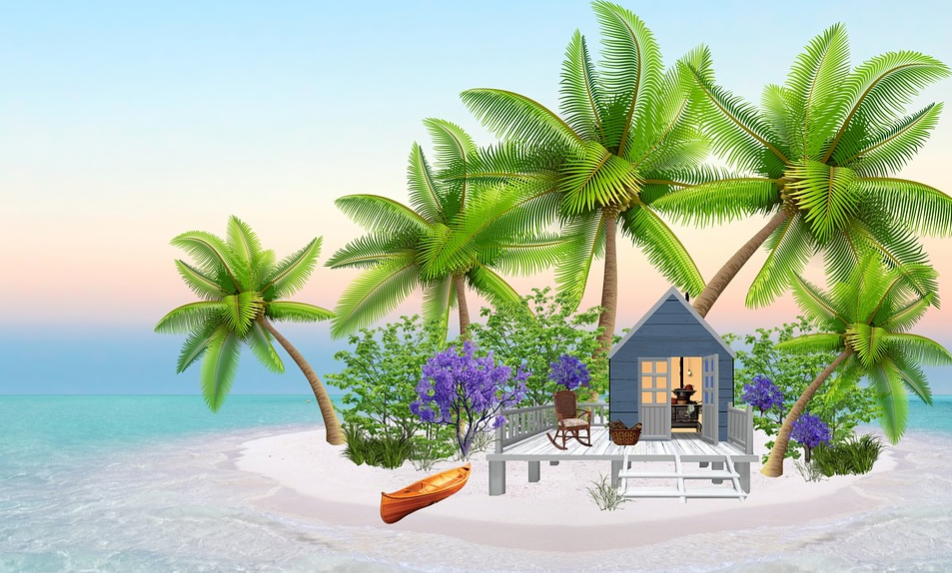 “They just ‘get it’ – there is this elasticity and freedom in their minds which allows them to be present in the moment and free from any external thoughts or pressures. By introducing meditation and mindfulness at an early age, not only can we build on this and help nurture their mind development, but we are also making meditation simple and accessible.”
“They just ‘get it’ – there is this elasticity and freedom in their minds which allows them to be present in the moment and free from any external thoughts or pressures. By introducing meditation and mindfulness at an early age, not only can we build on this and help nurture their mind development, but we are also making meditation simple and accessible.”
You know your child better than anyone. You can always try and if they aren’t receptive, let it go for now and try again in a few months.
Green Child Magazine’s guided relaxation scripts for kids are a great place to begin with your child. Parents praise them for helping calm and center their little ones, and some report that reading a meditation is the best way to get their child to fall asleep at night.
Teachers and therapist often share how these scripts have positively impacted their students and patients.
I am a therapist and needed to help a child suffering, and to do so quickly. I was able to pull up Peaceful Retreat.
Katherine W., Therapist & Social WorkerThis precious boy had been suffering with a terrible weight, unable to focus on school, unable to sleep, he stated he was starting to ‘feel crazy’. His distress was big and painful. We used the meditation, and when he opened his eyes, he stretched, looked around, then looked me in the eye and said, ‘I feel so much better.’ His shoulders loosened and his facial muscles relaxed. To be able to pull that up free of charge, right from the web…it saved him and his family from hospitalization.
Mindful meditation can give children the tools they need to recognize their own signals of stress and bring themselves back into balance. Children are curious and willing to try new things. Meditating with a wiggly pre-schooler may not look exactly as you envision, but your child will benefit, as will you!
This article was originally published in 2017 and was updated in Oct 2022.
Related Articles
Mindfulness Exercises to Help Kids Sleep
Want Happier, Calmer Kids? Simplify Their World
Why Your Child Might Benefit from a Montessori Floor Bed
Create a Calm Bedroom for Your Child with Feng Shui
How to Choose an Organic Mattress
Kids Who Spend More Time in Nature Become More Mentally-Sound Adults
- Author
- Recent Posts
Green Child Magazine
Since 2010, Green Child has published an award-winning publication devoted to natural parenting and conscious living.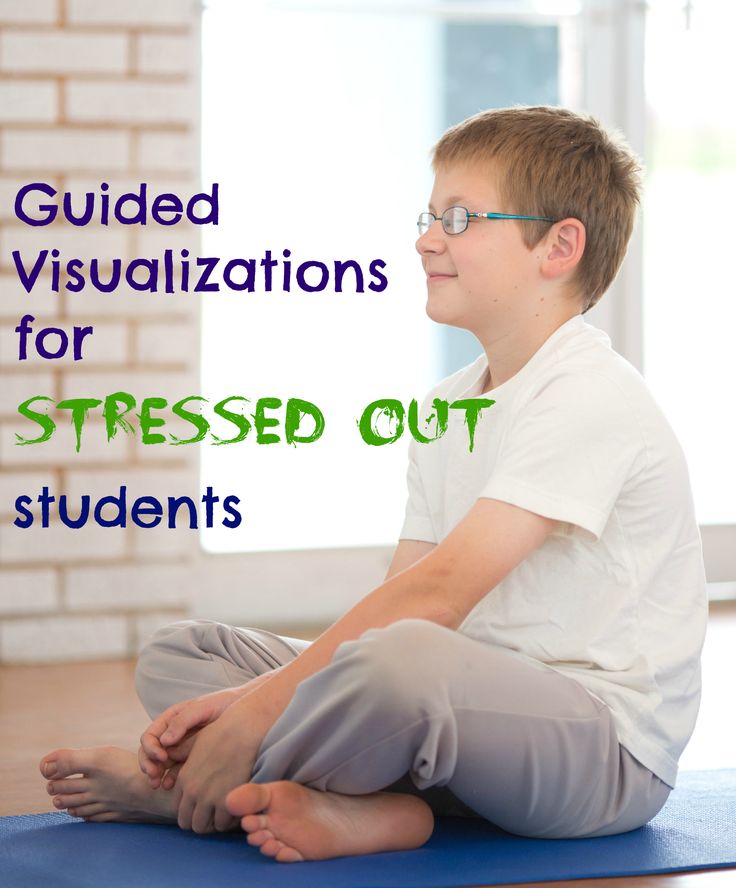 Noted as “good for a green mama’s soul,” Green Child has grown into a resource valued by parents who care about bringing simplicity, compassion, social responsibility, and instinctual intelligence back to parenting.
Noted as “good for a green mama’s soul,” Green Child has grown into a resource valued by parents who care about bringing simplicity, compassion, social responsibility, and instinctual intelligence back to parenting.
Latest posts by Green Child Magazine (see all)
Relax Hotel 3* (Kazakhstan/Almaty region/Almaty). Rating of hotels and hotels in the world
Text of the agreement
I hereby consent to the processing of Media Travel Advertising LLC (TIN 7705523242, OGRN 1127747058450, legal address: 115093, Moscow, 1st Shchipkovsky per., d. 1) my personal data and confirm that by giving such consent, I act of my own will and in my own interest. In accordance with the Federal Law dated July 27, 2006 No. 152-FZ "On Personal Data" I agree to provide information, relating to my personality: my surname, name, patronymic, address of residence, position, contact phone number, e-mail address. Either if I'm legal representative of a legal entity, I agree to provide information relating to details of the legal entity: name, legal address, types of activities, name and full name of the executive body. In case of providing personal these third parties, I confirm that I have received the consent of third parties, in whose interests I am acting on the processing of their personal data, including: collection, systematization, accumulation, storage, clarification (updating or changing), use, distribution (including transfer), depersonalization, blocking, destruction, as well as the implementation of any other actions with personal data in in accordance with applicable law.
Either if I'm legal representative of a legal entity, I agree to provide information relating to details of the legal entity: name, legal address, types of activities, name and full name of the executive body. In case of providing personal these third parties, I confirm that I have received the consent of third parties, in whose interests I am acting on the processing of their personal data, including: collection, systematization, accumulation, storage, clarification (updating or changing), use, distribution (including transfer), depersonalization, blocking, destruction, as well as the implementation of any other actions with personal data in in accordance with applicable law.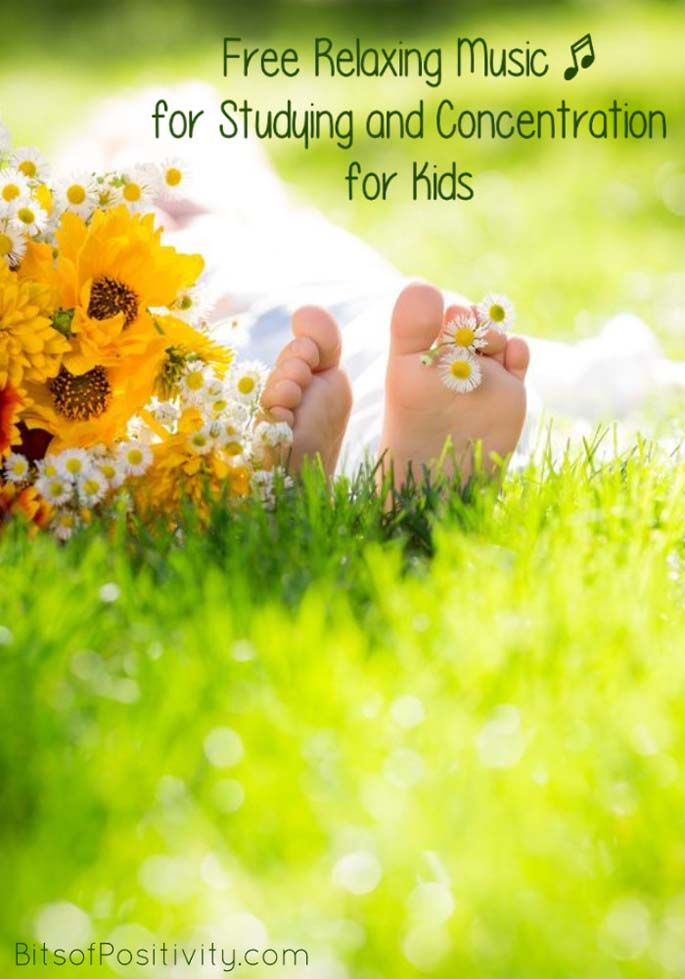
Consent to the processing of personal data is given by me in order to receive services, provided by Media Travel Advertising LLC.
I express my consent to the exercise with all the specified personal data following actions: collection, systematization, accumulation, storage, clarification (updating or changing), use, distribution (including transmission), depersonalization, blocking, destruction, as well as the implementation of any other actions with personal data in accordance with applicable law. Treatment data can be carried out using automation tools, and without them use (for non-automatic processing).
When processing personal data, Media Travel Advertising LLC does not limited in the use of methods for their processing.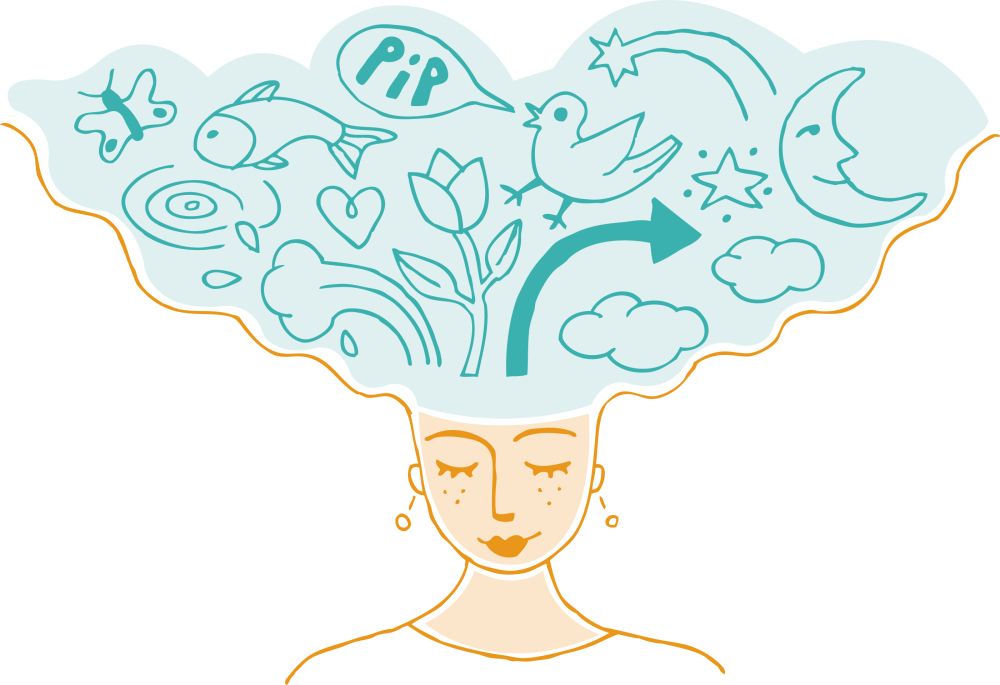
I hereby acknowledge and confirm that, if necessary, Media LLC Travel Advertising has the right to provide my personal data in order to achieve the above purposes to a third party, including when engaging third parties to provision of services for the specified purposes. Such third parties have the right to process personal data on the basis of this consent and to notify me of tariffs services, special promotions and site offers. Information is provided by telephone and/or email. I realize that affixing the "V" or "X" sign in the field on the left and pressing the "Continue" button, or the "Agree" button below the text of this agreement, means my written consent to the conditions, previously described.
* Authorized users only need to give consent to the processing of data once.
Relaxation: history, methods and methods of relaxation
What is relaxation? Is it enough for relaxation to take a bath, lie down on the couch, go to a massage session, or does this psychotherapeutic method require special conditions? Who needs relaxation and how to distinguish it from simple rest, what is the difference between relaxation and meditation, and what are the techniques and methods of relaxation and relaxation for adults and children, MedAboutMe tells.
Relaxation
Relaxation, from the Latin term relaxation, means relaxation. Relaxation is distinguished as a state and as a process of achieving this sensation. At the level of physiological symptoms, the state of relaxation is manifested by the activity of the parasympathetic division of the autonomic nervous system, which is responsible for the recovery processes during rest, and by the inhibition of the sympathetic division, which is responsible for the active activity of a person.
Outwardly, the process of transition to relaxation often looks like a rest that is not accompanied by active actions, however, from the point of view of the body, relaxation is a rather intense and complex process that affects both the neuropsychic component and the physiological level.
Distinguish between involuntary and voluntary relaxation. Involuntary is accompanied by falling asleep and sleep, and it is also provoked by physical, mental, emotional stress.
Voluntary relaxation is a controlled process that is used to relax, recuperate, emotional balance, and improve well-being.
Modern psychotherapy as a science recognizes the effectiveness of relaxing practices carried out on an ongoing basis. The connection between mental and physical well-being is the basis of relaxation as a method of psychotherapy. It is reliably known that stress provokes muscle spasms, clamps, and the opposite effect is also likely. Reduction of psycho-emotional stress is achieved through the relaxation of muscle tissues.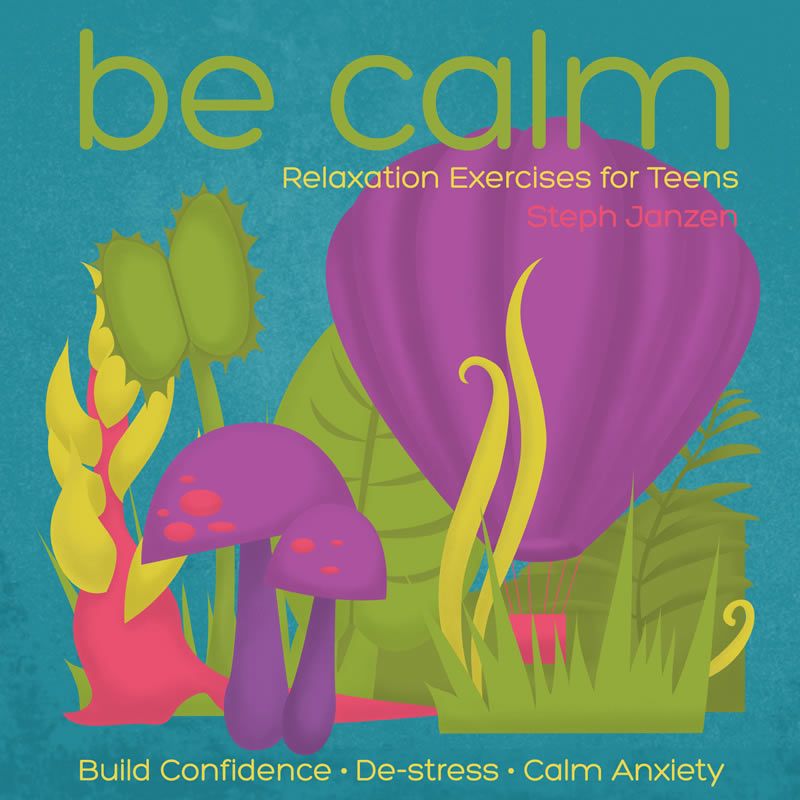
For psychotherapeutic purposes, the systematic nature of classes is important for spreading and consolidating the effect of relaxation. The absence of periodicity in relaxation sessions leads to a short-term effect.
Relaxation techniques
Relaxation, depending on the goals, area, specifics of the process, is divided into total and local, emergency and prolonged, deep and short-term, as well as caused by medications (muscle relaxants) or achieved naturally. Among the latter, types distinguish directions, or relaxation methods that affect the body at the psychophysiological level.
Muscle relaxation
In the methods and methods of relaxation, it is impossible to single out techniques that are aimed only at the psyche or bodily sensations. However, we can talk about relaxation methods that initially affect the muscles, causing a decrease in mental stress, or vice versa, are designed to influence the emotions and mind, provoking a decrease in the number of muscle spasms and feelings of fatigue.
At the beginning of the 19th century, the physiologist Edmund Jacobson developed and, in 1926, published the relaxation method, which is the basic one to this day.
Progressive muscle relaxation, the method of Dr. Jacobson, is based on the regular relaxation of muscle tissues after pre-stressing. Thus, according to this technique, it is necessary to strongly strain one or more muscle groups for 5-10 seconds, and then concentrate on the feeling of relaxation for 15-20 seconds.
In the methodology of the American physiologist, there were more than 200 exercises for almost all the muscles of the body; in the modern practice of muscle relaxation, 16 main groups were identified as a basic program and up to 40 for those who want to achieve deeper relaxation.
Despite the fact that initially the work is carried out with the muscles at the physical level, Dr. E. Jacobson saw the goal of systemic training as the ability to relax muscle tissues through volitional effort, fixing and presenting the sensation of muscle relaxation.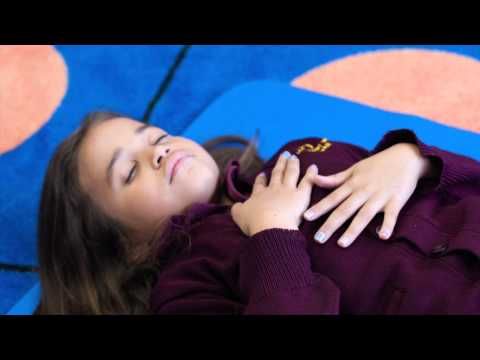
Differential relaxation, a technique based on the E. Jacobson system, offers to alternately tighten and relax muscles at almost any suitable time without creating the necessary conditions. This is a simple relaxation method that allows you to achieve an effect.
Meditation and relaxation
Meditation and relaxation are based on a single physiological process of influencing the autonomic nervous system. Mental (imaginative) relaxation is a part of the meditation process that allows you to achieve a state of relaxation or concentration through the creation of various mental images.
Meditation and relaxation help a person plunge into a state of increased suggestive potential, accompanied by a decrease in self-control and criticality, and an increase in suggestibility. Autogenic training, repetition of words that help to adjust the emotional state enhance the effect of both meditation and relaxation.
Respiratory relaxation
Breathing relaxation is one of the simplest methods, often used unconsciously even by untrained people.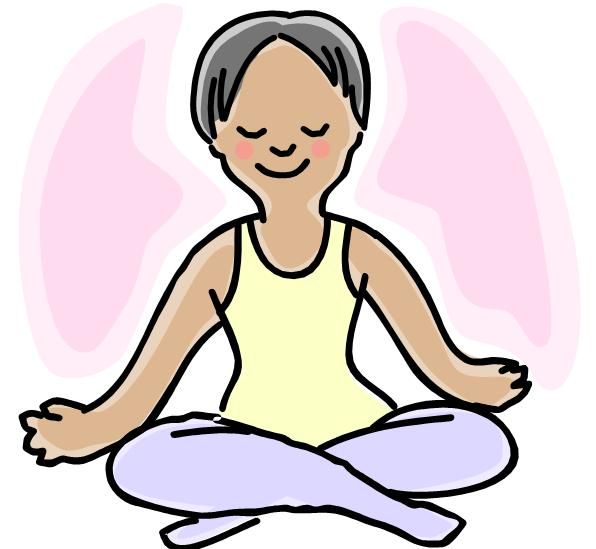 Deep breaths in a state of excitement or stress, diaphragmatic (abdominal) breathing helps to calm down. The method of respiratory relaxation is based on this principle.
Deep breaths in a state of excitement or stress, diaphragmatic (abdominal) breathing helps to calm down. The method of respiratory relaxation is based on this principle.
The execution rules may vary somewhat depending on the direction, however, abdominal breathing techniques are preserved in any technique:
- inhale slowly through the nose. When inhaling, the diaphragm is first completely filled, the lower part of the chest, then the lungs;
- the second stage is holding the breath, from a few seconds to a minute;
- exhalation occurs through the mouth (preferably), slower than inhalation, the air is released first from the abdominal region, then from the lungs. To achieve complete renewal of air in the lungs at the end of exhalation, it is necessary to make a muscular effort;
- pause before the next breath.
Such a relaxation exercise helps to cleanse the lungs, oxygenate the blood, and develop the correct type of breathing. With regular use, it also has a beneficial effect on patients with diseases of the lungs, bronchi, and respiratory tract.
With regular use, it also has a beneficial effect on patients with diseases of the lungs, bronchi, and respiratory tract.
The method of respiratory relaxation is often recommended to be combined with autogenic training, in which a code word or phrase is mentally pronounced as you exhale, for example, “peace”, “peace”, “I am calm”, etc.
For short-term relaxation, 2-3 cycles of 10 breaths and exhalations are usually used, with breaks between cycles.
Relaxation time
According to the time duration of the relaxation process, long-term and short-term types are distinguished. Long-term relaxation is achieved by combining relaxation techniques with sleep, hypnosis or medication.
Short-term relaxation can be carried out in the normal state, but its effect also does not last long.
The relaxation time depends on the chosen technique, method, purpose.
There are also deep and superficial relaxation. With a deep view, supplemented with relaxation techniques, the relaxation time is from 20 minutes, the surface view may consist of short-term rest and relaxation.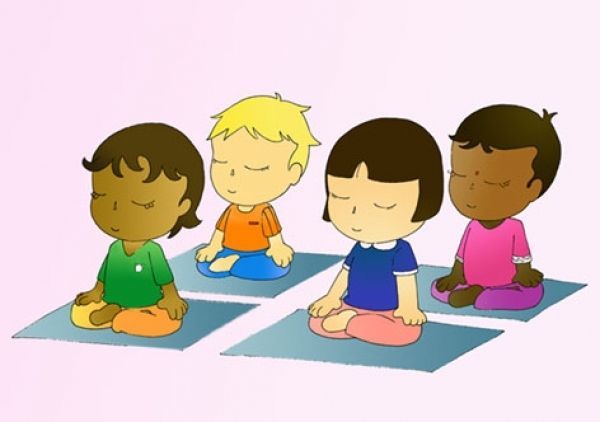
The time of day chosen for relaxation and the subsequent type of activity also influence both the choice of technique and the duration of the effect. For example, relaxation techniques for relaxing before bed will be very different from relaxing and focusing on a goal before starting a new activity or for relieving psycho-emotional stress during the day.
Relaxation for body and soul
Relaxation can be directed as only physical relaxation, only psycho-emotional or be complex. Since muscle tension is often provoked by stress and vice versa, the separation of relaxation for the soul and body is rather arbitrary.
Some methods relieve bodily spasms and clamps, bringing relief to the psyche, some are aimed at reducing anxiety, anxiety, working with the emotional sphere, which also indirectly affects the regulation of physiological processes.
In all types, whether the goal is relaxation for the soul or the body, the process of relaxation requires adherence to certain rules in order to achieve or enhance the desired effect.
Upon reaching a certain level of self-regulation, it is possible to achieve a state of voluntary relaxation and relaxation in almost any conditions. However, for the initial stages of training, the following techniques are recommended:
- the choice of location should be determined by the following parameters: privacy, silence or the use of white noise, relaxation music, comfort, warmth, comfortable furniture or floor space, dim light or darkness;
- The choice of time for relaxation depends on the capabilities, goals and preferences of the person. Relaxation for relaxation is preferable in the evening, before going to bed, the tonic effect is more appropriate in the morning;
- duration: it is optimal to be able to allocate 15 to 30 minutes for relaxation. The duration of short-term relaxation is 10-20 minutes, after which it is worth giving the body the opportunity to return to its usual rhythm without a sudden transition. But if it is impossible to release such an amount of time, you should not give up relaxation for 5-10 minutes;
- frequency of implementation: relaxation, which is part of daily routines, can have a healing effect and have a lasting effect;
- clothing must be selected loose, not restricting breathing, without squeezing seams and fasteners;
- for effective relaxation, do not conduct a relaxation session immediately after eating.
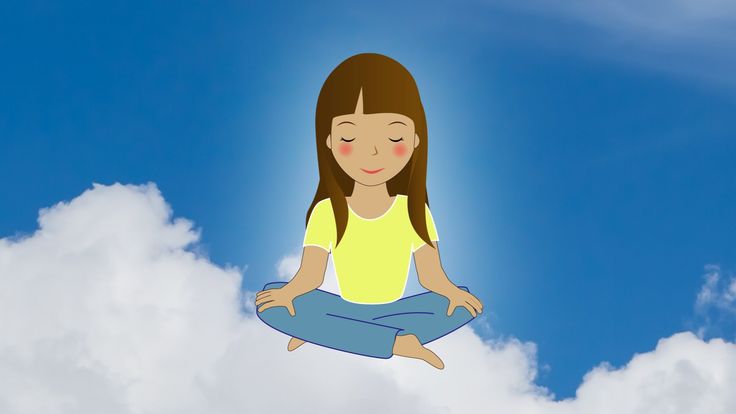
Tension, relaxation and relaxation
Tension and relaxation are the basis of relaxation at the muscular level. On this principle, such methods, methods and techniques of relaxation are built, such as Jacobson's progressive muscle relaxation, differential relaxation, the synthetic method, post-isometric relaxation, and many others. Relaxation and relaxation of muscle tissue is a process following tension, therefore, for such methods, cycles of alternating tension and relaxation of muscle groups are used.
Relaxation techniques
The choice of relaxation method depends on the capabilities and goals of the person. There are many ways to achieve a state of relaxation. They can include both oriental practices and short-term rest, require paraphernalia and accompaniment with music, massage, aromatherapy, or be simple enough and affordable to perform anywhere.
Rest as relaxation
Rest is one of the ways to relax and calm down.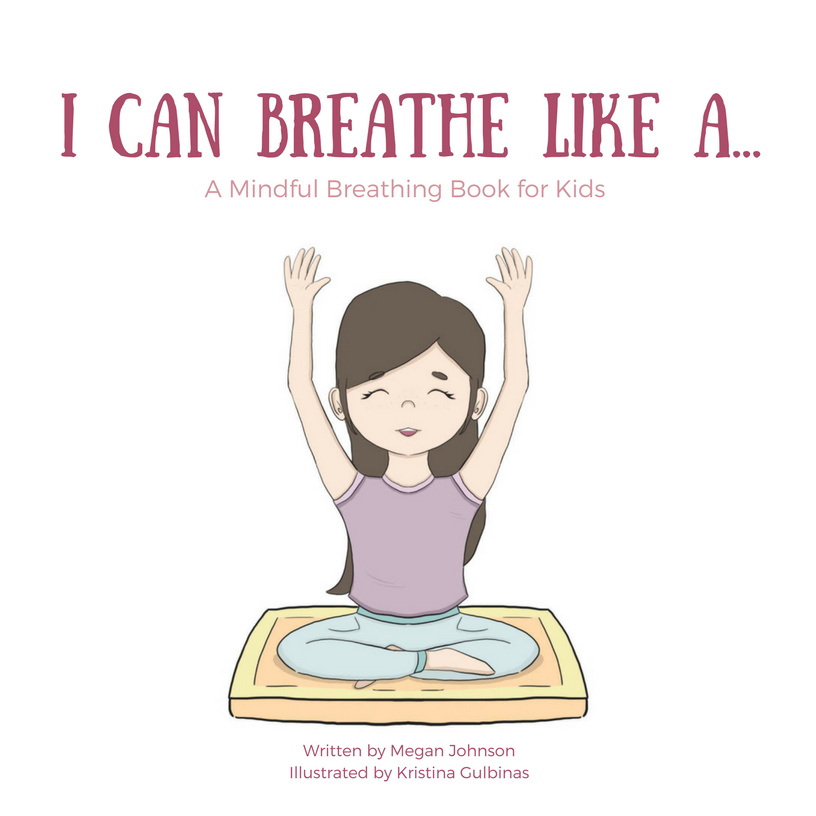 This option may be suitable at the initial stage or for those who reject autogenic training, relaxation exercises. This method is ineffective in a state of severe stress, excitement, but it can be beneficial if necessary to relieve tension, fatigue. Rest and relaxation are important components of daily life, and the creation of conditions for voluntary relaxation with a high degree of probability will make it possible not only to reduce the negative impact of stress on the body, but also to regulate their occurrence.
This option may be suitable at the initial stage or for those who reject autogenic training, relaxation exercises. This method is ineffective in a state of severe stress, excitement, but it can be beneficial if necessary to relieve tension, fatigue. Rest and relaxation are important components of daily life, and the creation of conditions for voluntary relaxation with a high degree of probability will make it possible not only to reduce the negative impact of stress on the body, but also to regulate their occurrence.
For a short rest and relaxation, you must follow the same rules as for all methods: the ability to take a comfortable body position, silence, comfort. This method is well suited for adults, when relaxing for children, voice, singing, music accompaniment is necessary, you can add light strokes.
Sounds for relaxation
Concentration on mental images, concentration on bodily sensations, breathing rhythm or other methods of relaxation are effective when a person is able to isolate himself as much as possible, not to respond to external stimuli.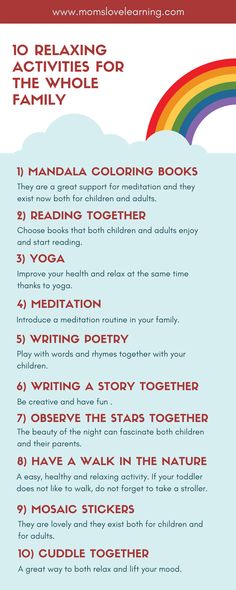 One way to achieve this is through auditory stimulation, special relaxation music, or relaxation sounds.
One way to achieve this is through auditory stimulation, special relaxation music, or relaxation sounds.
Depending on the chosen method and personal preferences, relaxation sounds can be based on natural noises: wind, surf, rain, etc.; rhythmically monotonous noises with the use of musical instruments often contribute to the transition of relaxation into a meditative state.
Classical, original and specially written musical compositions, instrumental, vocal and mixed parts often accompany various exercises, meditation and relaxation.
Finally, the category of sounds for relaxation includes voiced texts that guide a person in the process of relaxation, help to follow the general pattern and concentrate attention. Some texts, voiced in the process of relaxation, enhance the effect of autogenic influence, self-hypnosis.
Relaxation music
Music therapy as a direction is based on the influence of various rhythmic patterns on the psycho-emotional state. Music for relaxation allows those who are prone to distractions to external sounds to concentrate, and also contributes to the rhythm of breathing both during static relaxation methods and during exercise.
Music for relaxation allows those who are prone to distractions to external sounds to concentrate, and also contributes to the rhythm of breathing both during static relaxation methods and during exercise.
Relaxation music also makes it easier to create images for a visual method of achieving relaxation. Calm, smooth melodies without a sharp, torn rhythmic pattern are used to relieve tension, both in the neuromuscular and emotional-volitional spheres. Dynamic music for relaxation is used, as a rule, with psycho-emotional overload, for active switching of attention, concentration on a new goal.
Visualization of images
Visualization of images is one of the common ways to achieve relaxation. It helps to achieve muscle relaxation, relieve stress in everyday life. With this method, a person, following the general rules for relaxation, imagines various pictures, following personal preferences or instructions. Concentration on the presented image helps to reduce psycho-emotional stress.
Visualization of images as a method is often accompanied by autogenic training or instructions from the class leader or from an audio file.
Nature images for relaxation
Images of nature for relaxation are one of the most common. They can be used both as visual objects for concentration, and as a combination of a visual image that helps to concentrate on the sensations of the body.
In the first case, a person imagines pictures of nature: a sunset over the sea, birds flying over a lake, the smell of flowers, etc. and focuses on adding details to them.
The purpose of the second type of using the image of nature for relaxation is to achieve the feeling of one's body being in a comfortable and pleasant place, to concentrate, for example, on the warmth from the rays of the sun, a light breeze, to achieve a state of relaxation through a combination of visual and kinesthetic stimuli.
Beautiful relaxation: using art objects
"Beautiful relaxation" is based on observation or the creation of art objects that allow you to concentrate.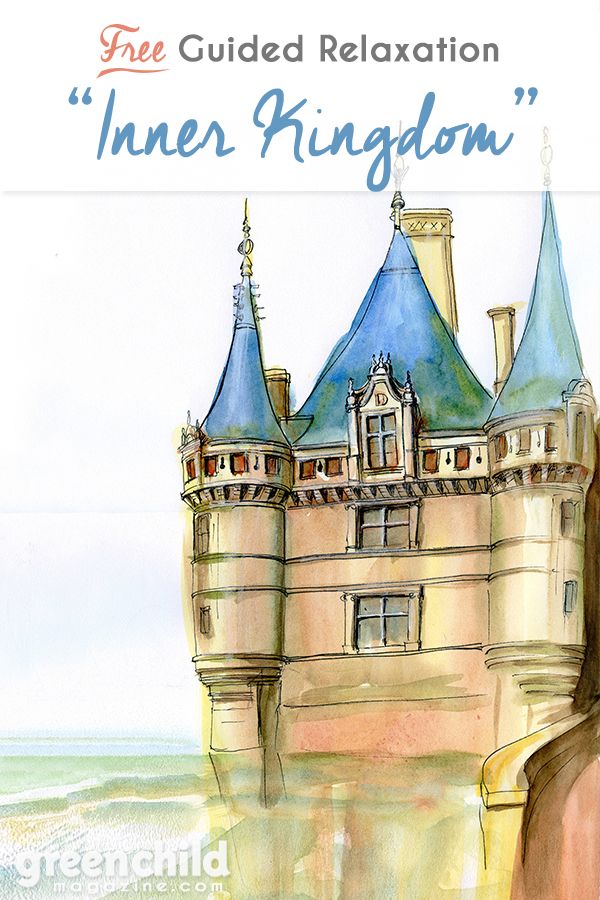 This method is based on the feeling of relaxation and stress relief that comes after visiting museums, drawing, saturation of perception with visual images.
This method is based on the feeling of relaxation and stress relief that comes after visiting museums, drawing, saturation of perception with visual images.
Water for relaxation and soothing
The use of water for calming, liberation from "bad thoughts", anxieties has been used since ancient times. Contact with water for relaxation and soothing is based not only on subjective sensations. It has been scientifically proven that when sensitive receptors located on the forehead and cheeks come into contact, the frequency of heartbeat and breathing decreases. This is one of the manifestations of unconditioned reflexes that help to survive in extreme situations, for example, with the danger of drowning.
The use of this reflex helps breath-hold divers, spearfishers, rescuers, and anyone who wants to relieve physiological manifestations of anxiety. Washing children with water, immersing the face in water has a beneficial effect on the entire body.
It is well known that a bath or a container filled with warm water helps to relax.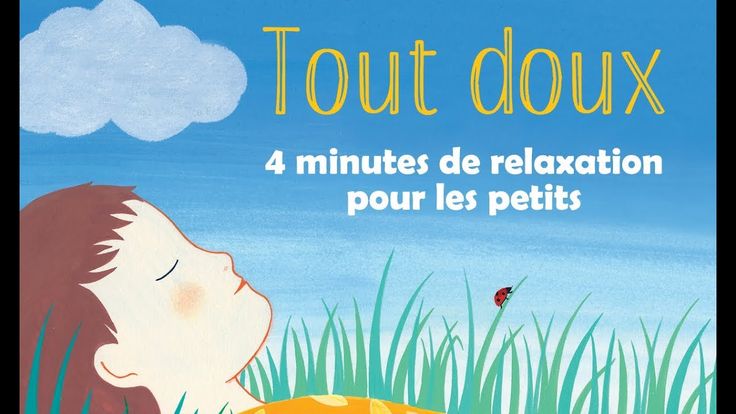 This method of relaxation and soothing is associated with the density of the aquatic environment, which allows you to relieve muscle tension, put pressure on soft tissues, a light massage effect, helping to restore blood circulation, improve lymphatic drainage.
This method of relaxation and soothing is associated with the density of the aquatic environment, which allows you to relieve muscle tension, put pressure on soft tissues, a light massage effect, helping to restore blood circulation, improve lymphatic drainage.
Various methods of physiotherapy - pearl baths, hydromassage, invigorating showers, Charcot showers - are based on the properties of water.
Floating - one of the new methods of relaxation - is based on sensory deprivation of a person in a closed chamber in the absence of sounds, visual stimuli and a state of almost weightlessness due to the high density of salt water. With a well-equipped floating chamber, this is one of the highly effective ways to achieve maximum relaxation, both muscular and psycho-emotional.
Relaxation at sea
Relaxation at sea, subject to the rules, affects the psychophysiological state of the body. White noise, the sounds of waves and surf, visual images, the influence of water allow you to achieve relaxation and calm without additional effort. The combination of active and passive swimming helps to improve the overall tone of the body.
The combination of active and passive swimming helps to improve the overall tone of the body.
Complexes, spa hotels and institutions offering relaxation by the sea complement the body's healing program with massage procedures, aroma and music therapy, proper diet, physical activity, and the creation of a general calm atmosphere.
Relaxation and massage
To complement relaxation techniques, massage is used as a means of working with muscle clamps or as a technique for relaxation, focusing on bodily sensations. Massage can be part of post-isometric relaxation, one of the rehabilitation methods. The optimal combination is achieved by a static position, rest, relaxation with visualization of images and a light surface massage.
Chinese relaxation qigong
There are numerous varieties of massage practices aimed at relaxing the body. Techniques and methods of relaxation were largely based initially on Eastern spiritual and religious practices focused on developing the ability to self-regulate.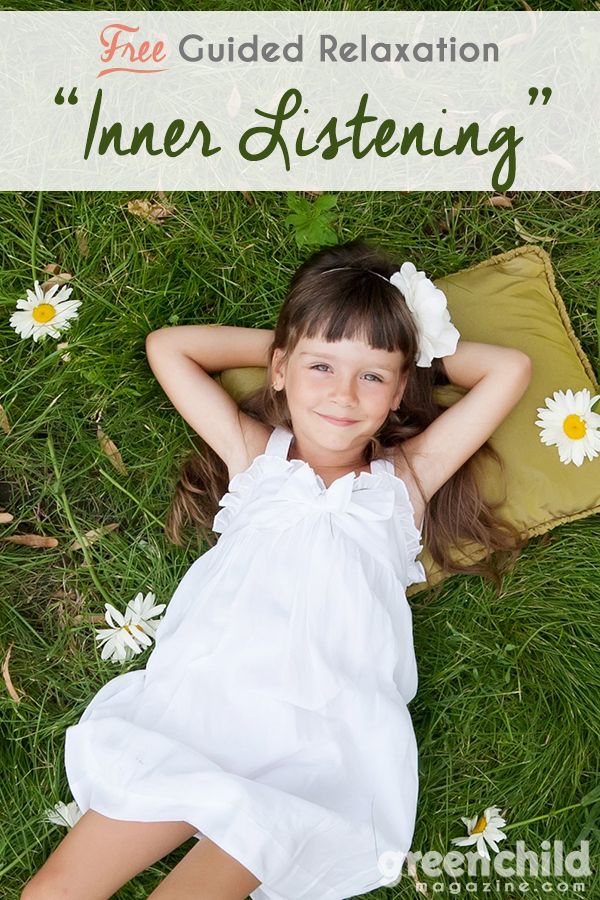 After being adapted and reworked for European culture, some of the esoteric components of Chinese, Japanese, Indian methods have been changed, and the most popular today are bodily practices that do not require religious rituals or a change in the type of thinking.
After being adapted and reworked for European culture, some of the esoteric components of Chinese, Japanese, Indian methods have been changed, and the most popular today are bodily practices that do not require religious rituals or a change in the type of thinking.
One of them is "Chinese relaxation" with the help of qigong massage, which is performed by a specialist who reacts to the response of the patient's body. There is a subspecies, qigong massage, when the procedure takes place with the massage therapist blindfolded. The “Chinese relaxation” technique that accompanies this technique is considered more effective: visual deprivation allows the specialist to more accurately feel what is happening with the client. The use of aromatherapy and special traditional music for Chinese relaxation during the procedure enhances the effectiveness of the relaxation process.
Relaxation exercises
There are a large number of sets of exercises for relaxation, both mental and physical.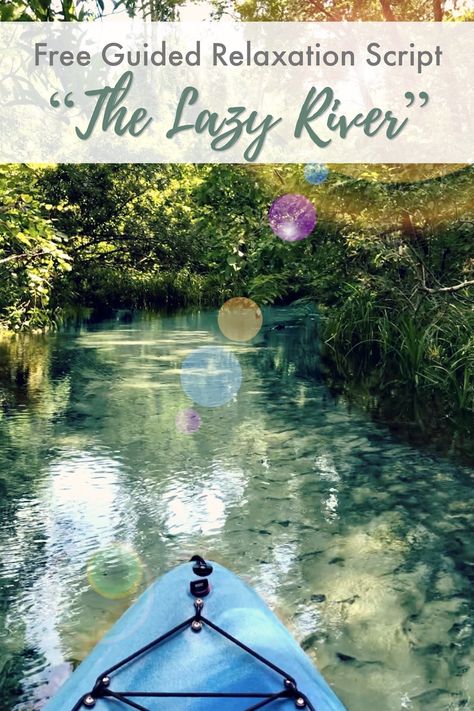 Mental exercises include visualization, concentration on sensations, self-hypnosis (autogenic training), etc.
Mental exercises include visualization, concentration on sensations, self-hypnosis (autogenic training), etc.
Physical exercises are based on the process of alternating tension and relaxation of muscles of different groups in a different order, depending on the purpose and specifics of the techniques.
The simplest and most accessible relaxation exercise is diaphragmatic breathing, alternating slow full breaths and exhalations with pauses between them.
Postisometric relaxation
Isometric load on the muscles is based on such a tension of the muscle fibers, in which there are no concentric and exconcentric changes in the length of the muscle. Isometric loading is achieved through exercises in a static position, for example, pushing a deliberately immovable object.
Postisometric relaxation is used when manipulations with a muscle group are planned in case of pain, muscle spasms, local or neurological tone, local postural imbalance, etc.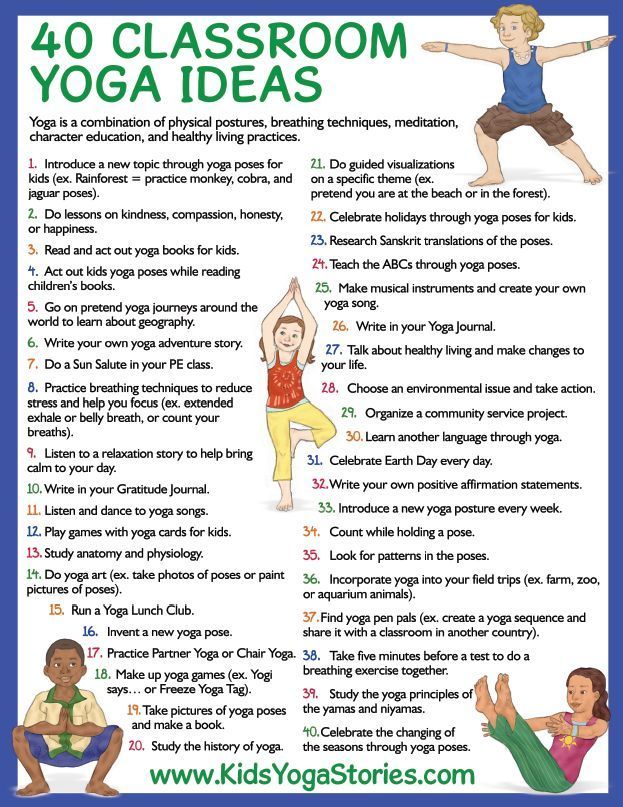 The post-isometric relaxation method is based on a combination of an isometric load on the muscles (5-10 seconds, minimum intensity or more, depending on the recommendation of a specialist and the dynamics of achieving results) and subsequent inert stretching and relaxation of the muscle. This combination must be carried out 4-6 times, until muscle hypotension is reached and pain disappears.
The post-isometric relaxation method is based on a combination of an isometric load on the muscles (5-10 seconds, minimum intensity or more, depending on the recommendation of a specialist and the dynamics of achieving results) and subsequent inert stretching and relaxation of the muscle. This combination must be carried out 4-6 times, until muscle hypotension is reached and pain disappears.
It is important to observe the conditions of the minimum intensity of the load on the muscles, the short-term isometric exposure, the interval between cycles of tension and relaxation. Muscle tension can be achieved both by physical actions, exercises, and by the will of a person.
Postisometric relaxation also involves the use of massage techniques to stretch the spasmodic muscles.
Contraindications to the method of post-isometric relaxation are the phenomena of inflammatory processes on the skin in the area of influence, in tissues, poor health, headaches, significant pain during the exercise, as well as transient ischemic attack, pulmonary insufficiency, manifestations of hypertension, vein thrombosis, cardiac arrhythmia, etc.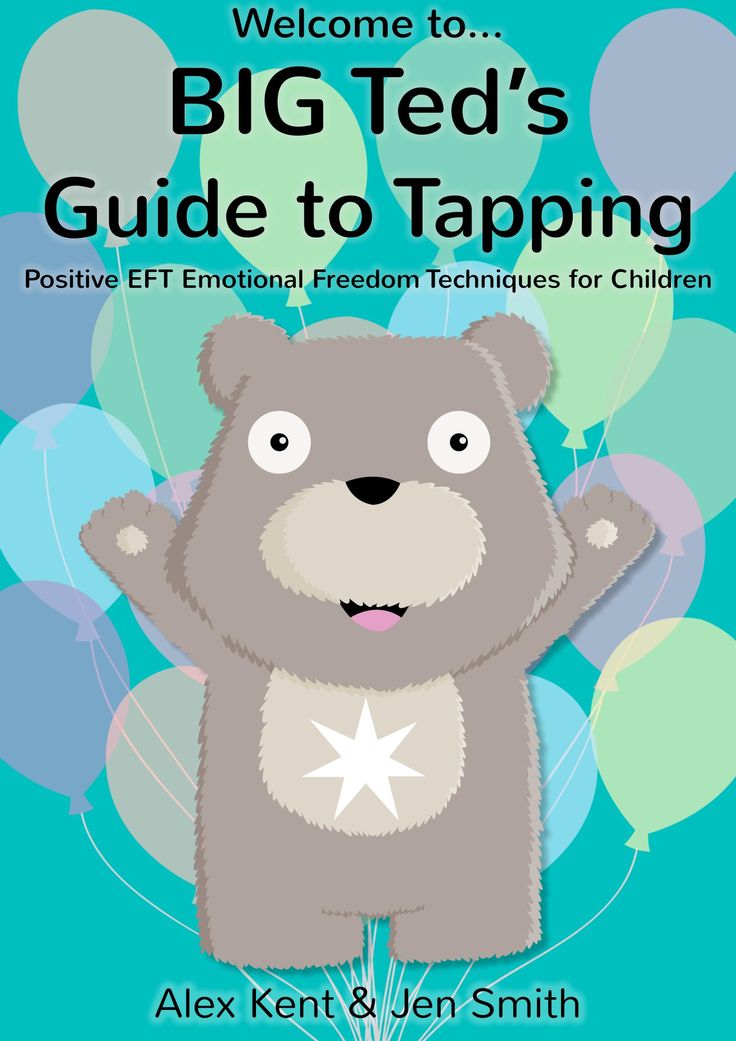 . P.
. P.
Relaxation for children
In childhood, the volitional sphere is just being formed, it is difficult for a child to control his emotions, remain calm when excited, and control impulses. This leads some babies into a state of overexcitation with emotional outbursts or physical hyperactivity, others suppress the desire to act spontaneously. Both processes lead to the accumulation of stress, both psycho-emotional and physical.
The natural relaxation of the body that occurs during sleep is not always effective and sufficient. Training complexes "relaxation for children", training in ways to reduce excessive excitement help to be aware of your emotions, be able to feel the body and learn the processes of self-regulation and redistribution of energy.
The use of relaxation techniques for children is possible from a very early age with appropriate correction. Many parents use techniques unknowingly in infancy and stop when the child is older. So, motion sickness, singing lullabies, stroking and soothing stories, fairy tales can also be attributed to relaxation techniques.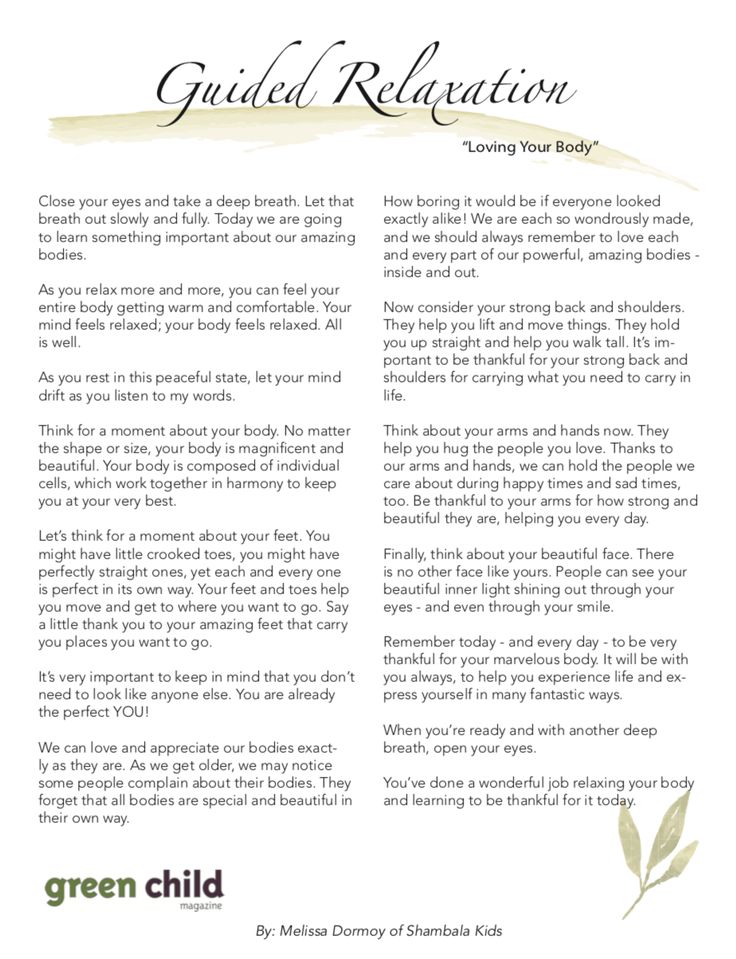
Most children willingly perform relaxation exercises designed in the form of a game. In view of the peculiarities of the child's psyche, sets of exercises should be accompanied by a voiced text with a predominance of expressions that affect body sensations and visual images. In relaxation exercises for children without text, it is important to include sound or music.
As in adults, relaxation for children should be aimed not only at the short-term effect of rest, but also at generalization, consolidation of skills and the possibility of their independent use.
Relaxation in kindergarten
Relaxation in kindergarten, despite a fairly new direction, has been used for a long time. Depending on the personality of the teachers, elements of relaxation in kindergarten can be used in physical education classes, music lessons, during the day when learning to draw, before and after sleep.
The relaxation program in kindergarten does not need approval.